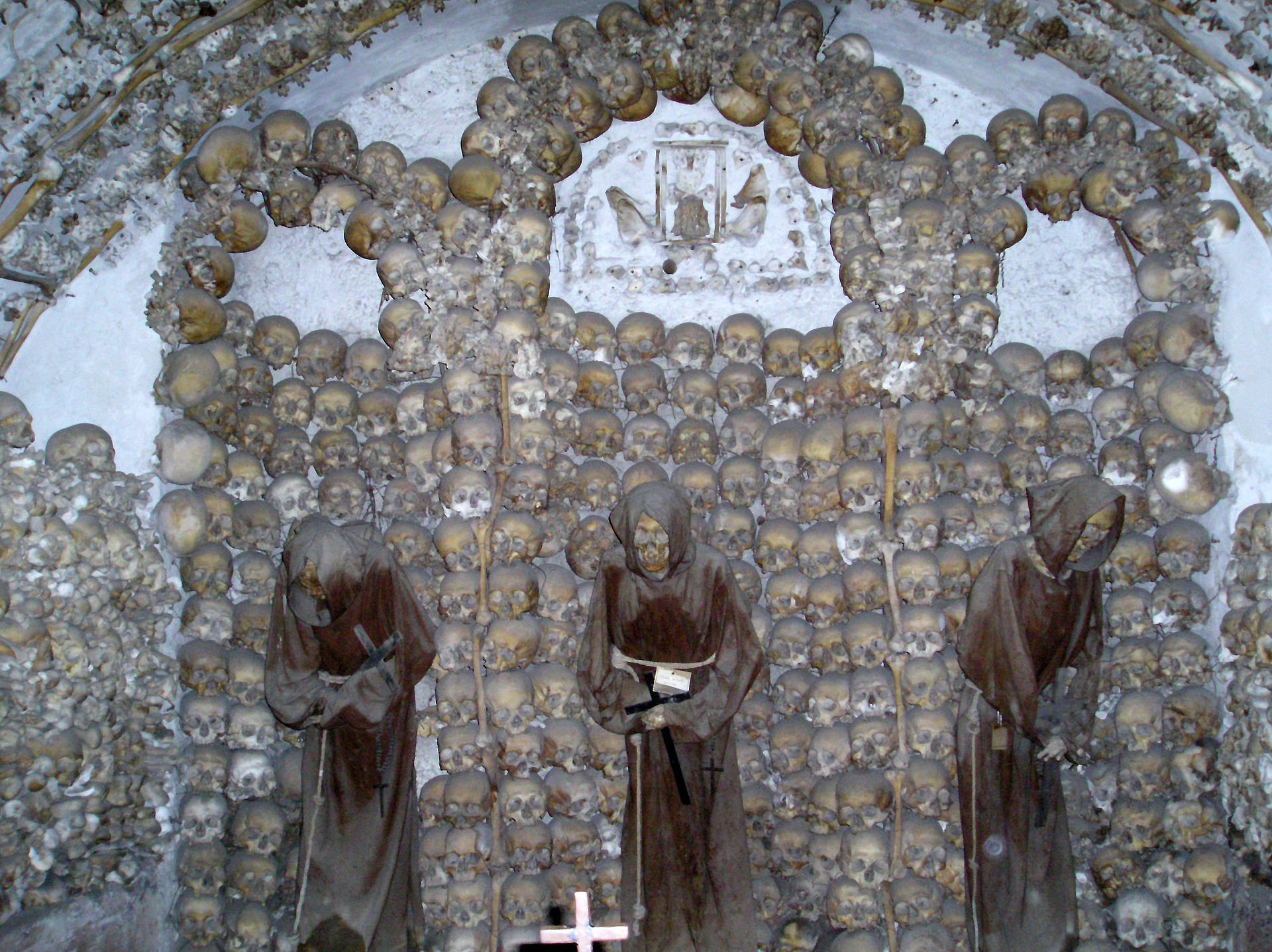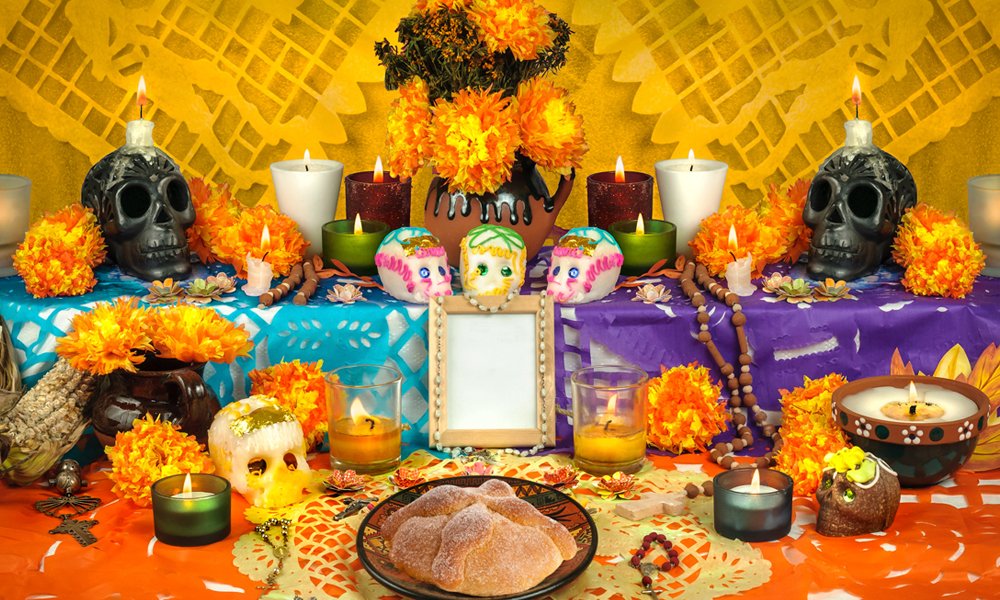I had a really good question from a reader recently:
What’s the difference between memento mori and the Mexican “days of the dead”?
Now, I am not, at all, Hispanic. I have zero Spanish/Latino heritage in my family. (We’re Italian, German, and Scottish.) So this is based on some light research. If you are Hispanic, please feel free to chime in and let me know where I’m wrong!)
Memento mori is an ancient practice—it actually predates Christianity, with most records saying that it was common in Ancient Rome. But Christianity definitely picked up the practice, incorporating it into art, accessories, and architecture.
Santa Maria della Concezione dei Cappuccini in Rome—yes, those are real skulls. And yes, you can visit!
Another part of the church.
In art, you’ll see a memento mori—usually a skull:
On of El Greco’s Magdalenes—see the skull on the right?
Mary, Queen of Scots, even had a memento mori watch:
For Christians, memento mori is about remembering where we’re headed after this life, because we know that this life isn’t all there is. Our actions prepare us for heaven, hell, or purgatory. Our choices determine our afterlife—so choose wisely! In a less, I suppose, “morbid” way, we can talk about using the fact of our death to decide how we’ll live today.
As you can see, in art, it’s mostly simply a skull, or bones. It’s not decorated in any sense—it’s just a skull.
Now, if you look at dia de los muertos art, the first thing you see is COLOR, from the vibrancy of the marigolds to the creative sugar skulls, and even in the makeup.
An ofrenda
And while memento mori is something that you can do every day, the official day of the dead festival runs from Nov. 1 to Nov. 2—which in the Catholic calendar is All Saints’ and All Souls’ Day. The point of dia de los muertos is to remember family members who have died. Ofrendas (“offerings”, as seen in the photo above) are left for the departed—their favorite food and drink, photos of the deceased, and the beautiful marigold flowers are often there.
The sugar skull (“calavera”) is a big part of the celebrations and actually dates back to prehistoric times. The color has a purpose:
The reason a holiday revolving around death is so full of color instead of being gloomy and gray is because we celebrate the lives led by those who are now gone. It’s not simply a day about mourning our loved ones and telling stories of them around their tombstones in the cemetery and our altars; it’s a day about remembering their lives and the impact they had upon us, as well as keeping in mind that just because they’re no longer with us doesn’t mean that they’re entirely gone, because we keep them alive in our hearts and memories.
https://dayofthedead.holiday/sugar-skull/the-meaning-and-importance-of-sugar-skulls (accessed March 22, 2022)
So the Day of the Dead is about remembering and celebrating those who have gone before, and also to appreciate the live that we have right now, since we will soon be on ofrendas or buried in the local churchyard.
The two concepts are linked by the same idea—that life is fleeting, and we have only today.
(If you haven’t seen the movie Coco*, definitely do that—it’s all about Dia de los Muertos!)








